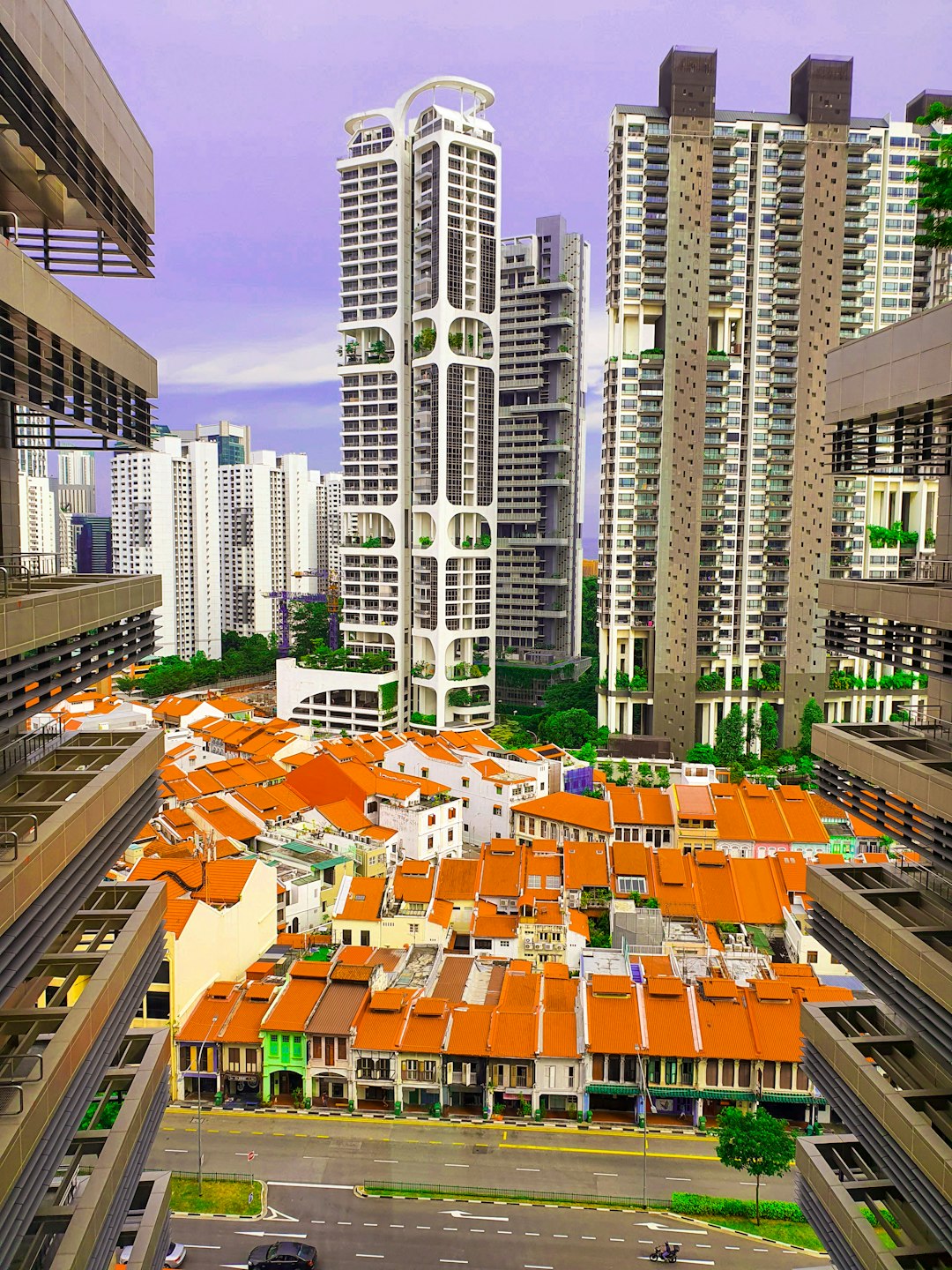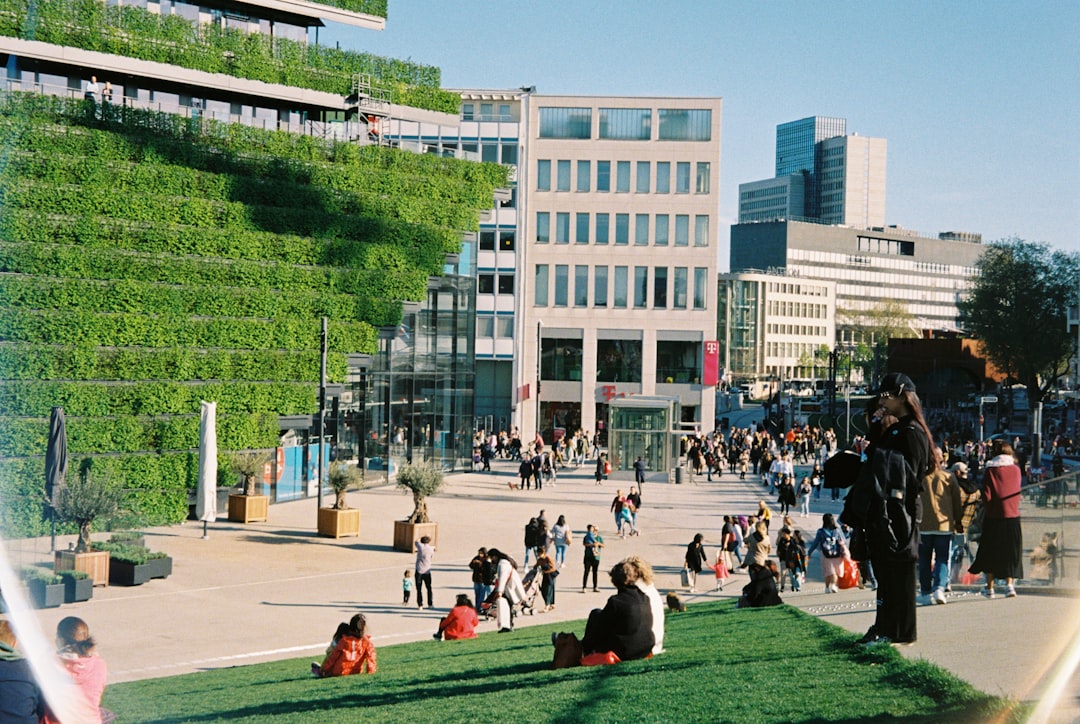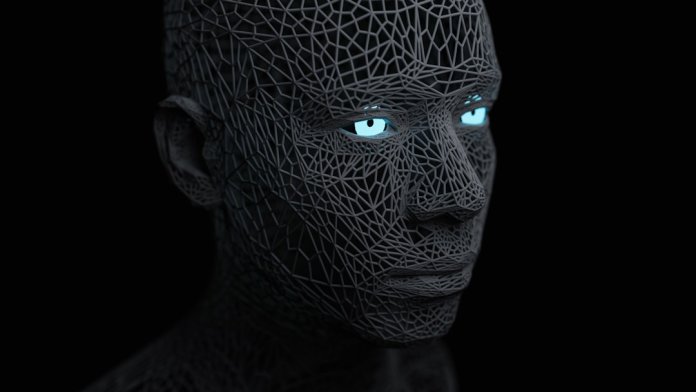Imagine a world where computers help design cities, shape parks, and build neighborhoods. Sounds like science fiction? It’s not. This is the magic of AI landscape design. Artificial Intelligence is changing how we think about architecture and urban planning. It’s making cities smarter, greener, and more fun to live in.
Let’s take a walk through this exciting new world.
What is AI Landscape Design?
AI landscape design is when smart computer systems help plan outdoor spaces. These spaces can be anything from small parks to giant city districts. AI uses tons of data to figure out what works best. It thinks about things like:
- Sunlight and shadow
- Wind and rain patterns
- Plant growth and soil types
- How people move through an area
Then, it helps designers make decisions. Fast. And smart. It’s like having a super-powered assistant who never sleeps!
Why Are Architects and Planners Using AI?
There are some big reasons:
- Speed: What used to take months, now takes days or even hours.
- Accuracy: AI can test hundreds of ideas and pick the best one.
- Sustainability: AI helps create eco-friendly designs that use resources wisely.
- Innovation: It opens up new styles and fresh creative paths.
Architects and planners still make the final call. But AI gives them superpowers to do better work, faster.
How Does AI Work in Design?
Let’s break it down. AI starts by collecting data. Tons of it. Maps, weather info, traffic patterns, noise levels—you name it. Then it uses that data to:
- Predict the future: Like how plants might grow over 10 years.
- Simulate designs: Showing how a park will look in every season.
- Spot problems: Like where water might flood walkways.
A designer can then test different layouts, textures, and materials. The AI gives suggestions based on logic, nature, and even human behavior. Cool, right?

Real-Life Examples
This isn’t just theory. Cities around the world are already using AI:
- Singapore: Uses AI to manage green spaces and balance heat in the city.
- Amsterdam: Tests AI-driven layouts to ease bicycle traffic.
- Boston: Runs AI models to plan neighborhood upgrades and make streets safer.
These cities are becoming models for the future—powered by data, and designed with care.
Making Nature Smarter
AI isn’t just for concrete buildings. It helps us understand living things, too.
- It knows which trees grow best in shaded areas.
- It spots spaces where gardens can bloom.
- It helps design paths that feel natural to walk through.
The result? Parks that feel wild, yet beautifully planned. Gardens that grow stronger over time. And cities that breathe easier.

The Role of Drones and Sensors
AI doesn’t work alone. It gets help from tools like drones and sensors.
Drones fly over large areas and gather info: temperature, plant health, terrain. They can create 3D maps in a flash!
Sensors on the ground track traffic, soil moisture, air quality, and light levels. Think of them as the “eyes” and “ears” for AI.
Together, they help AI paint a full picture of a space.
Designing with People in Mind
Good design isn’t only about beauty. It’s about how spaces feel to the people who use them.
AI can study movement patterns. Where people walk. Where they sit. Where kids play. Then it suggests designs that match real human behavior.
This means less concrete where nobody walks. More benches in places where people naturally gather. Smarter, friendlier spaces for everyone.
Fun Tools Designers Use
AI has brought some fun toys into the world of landscape design. Here are a few:
- Generative Design Software: You give it rules. It gives you hundreds of design options, fast.
- AR and VR: Walk through your future park using virtual reality goggles.
- Simulation Engines: Watch how shadows move during the day. Or how rainwater will flow through a park.
All this helps designers experiment like never before.
Challenges and Things to Watch Out For
Of course, it’s not all smooth sailing.
AI designs are only as good as the data we give them. If the data is biased or missing, the results might not work well. That’s why human judgment still matters. AI isn’t replacing designers—it’s just making them wiser.
Also, some cities don’t have the right technology yet. Or they need training to use it well. But slowly and surely, the world is catching on.
The Cities of the Future
What might tomorrow’s cities look like with AI?
- Sidewalks that grow gardens when it rains
- Playgrounds that adjust based on weather data
- Buildings that “talk” to the ground to save energy
- Roads designed not just for cars, but for people, pets, and pollinators
All these ideas are possible with the help of AI-driven landscape design.
What This Means for You
Even if you’re not a designer, AI-based planning affects your daily life. You’ll:
- Live in a cooler, greener city
- Enjoy safer streets and better parks
- Have more public spaces designed with your needs in mind
And who knows? Maybe someday you’ll get to design your own smart backyard!
Final Thoughts
AI is not here to take over. It’s here to help. It adds brain power to the creativity of human designers. It makes cities healthier, smarter, and more joyful for everyone.
As we move into the future, expect AI landscape design to become part of how we build, grow, and shape our environments. It’s an exciting time to be alive—and maybe even to become a designer yourself!
